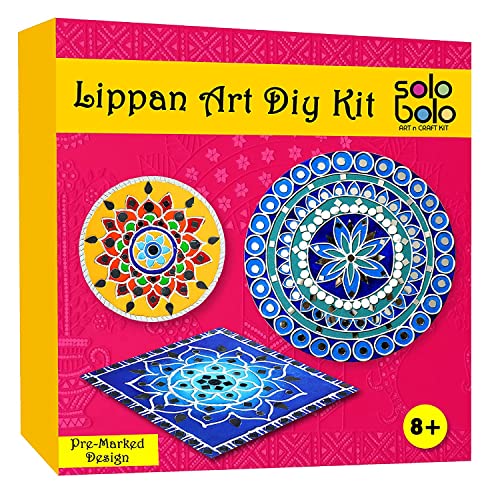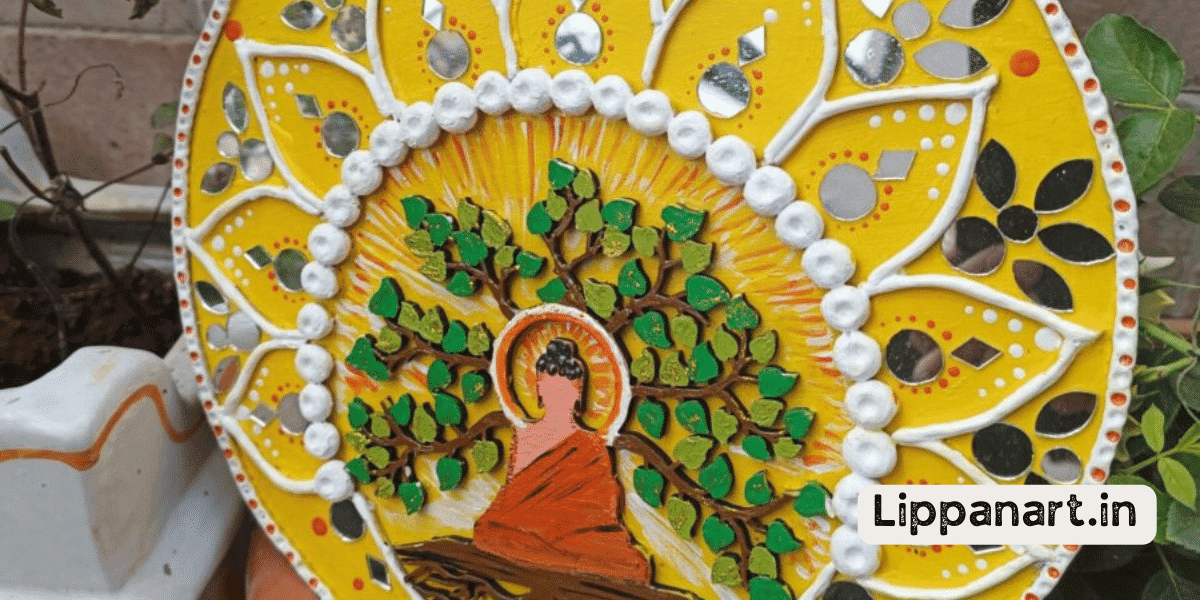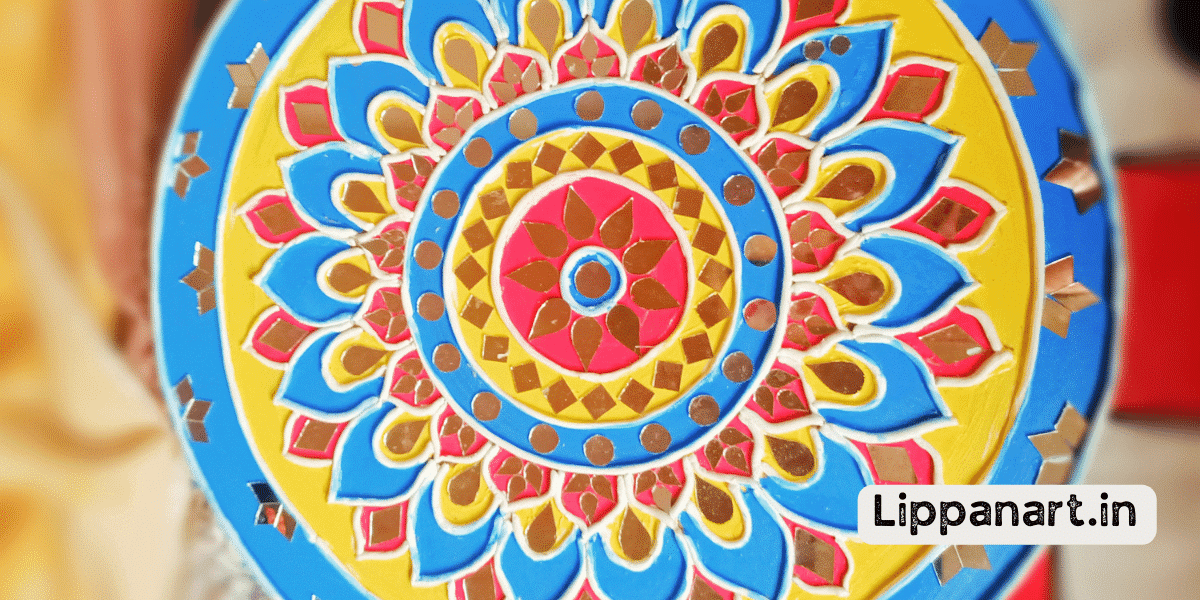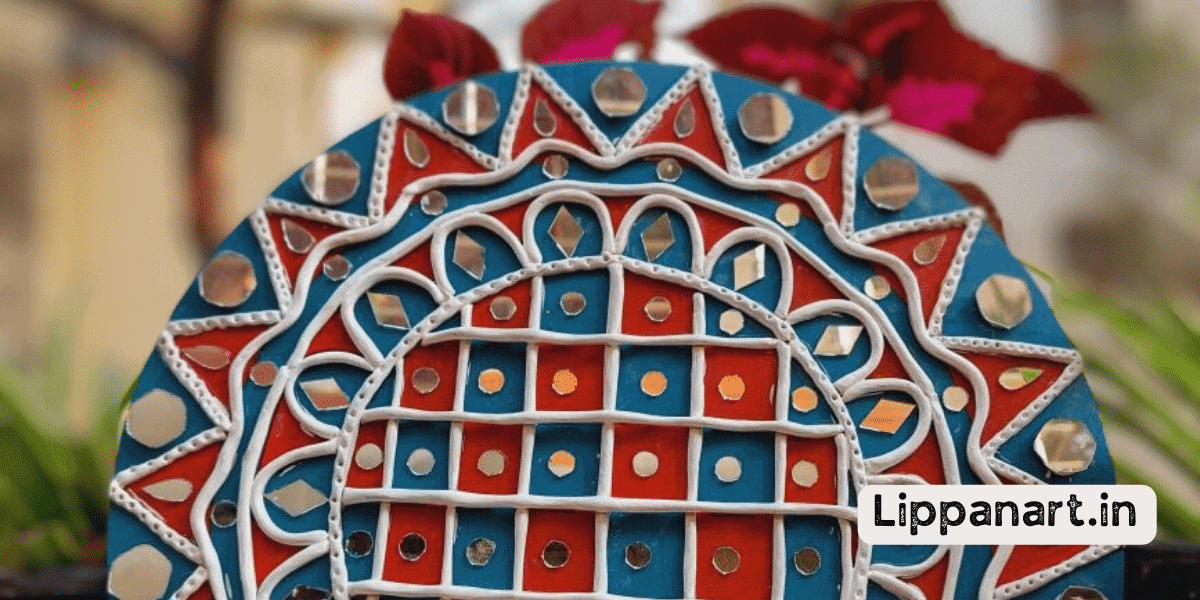Are you ready to take your art to the next level? With the five principles of design, you can create captivating works of art that will grab your audience’s attention.
According to research, 85% of people consider artwork more aesthetically pleasing when applying five design principles.
Balance, unity, emphasis, contrast, and proportion are the keys to unlocking your artistic potential.
Put your creative energy to work and dive into these principles to craft stunning works of art.
Key Takeaways
- Balance creates visual stability in design and can be achieved through hierarchical relationships, visual weight, and symmetry/asymmetry.
- Unity and harmony are important for a cohesive design. They can be achieved by correctly positioning lines, shapes, and colours and using repetition to create patterns and visually connect elements.
- Emphasis and focal points draw attention to the most important areas in a design and can be achieved through colour, contrast, texture, and scale.
- Contrast and variety provide visual interest, prevent monotony in a design, and can be created through different colours, shapes, textures, scale, and repetition.
Balance in Art
You need to understand balance in art to create visual stability in your design.
Balance is the principle of distributing visual weight evenly throughout your artwork. It can be achieved through hierarchical relationships, visual weight, symmetry, and asymmetry.
Hierarchy is the structure of elements in the artwork and how they relate. Visual weight is the perceived importance of the elements and how they influence the viewer’s perception of the design.
Symmetrical designs are balanced by arranging elements along a central axis. Asymmetrical designs are balanced by balancing elements without needing a central axis.
To achieve balance in your artwork, you must consider your design’s hierarchy, visual weight, symmetry, and asymmetry. By following this approach, you can produce a well-proportioned and visually pleasing composition.
Unity and Harmony
Combining all the elements of your composition can create unity and harmony. Unity results from a cohesive design that works together, while harmony is the feeling of peace and satisfaction from the visual balance.
Balance is key to harmony and can be achieved by correctly positioning lines, shapes, and colours. Repetition also contributes to unity, creating patterns and visually connecting elements. The result will be an aesthetically pleasing composition unified by design principles when done correctly.
Creating unity and harmony is a delicate process that requires careful attention to detail and a creative eye. To achieve a unified composition, consider the principles of design and how they interact. Incorporate balance, repetition, proportion, and emphasis to create an aesthetically pleasing design that is unified by the elements.
Focus on creating harmony using lines, shapes, and colours, and work towards a unified composition pleasing to the eye. You can produce a cohesive and balanced design with the proper blend of components.
Emphasis and Focal Points
Designs can create a focal point using colour, contrast, and texture. Emphasis is the key to creating this focal point and is achieved when the relationship between elements is balanced.
Placement, scale, and other design principles work together to create emphasis. You can guide the viewer’s eye by creating a visual hierarchy that prioritizes each element. This relationship can draw attention to the most important element and create a focal point.
Additionally, emphasis can be achieved through contrast, colour, texture, and scale. Creating a focal point that captures attention and stands out is possible by combining these elements.
Utilizing design principles to create emphasis and focal points can help you create an innovative, eye-catching design.
Contrast and Variety
Contrast and variety are important to creating an interesting design. They provide visual interest and help the eye to move around the composition.
Contrast is the juxtaposition of different colours, forms, and visual elements in a design. It allows for a stark difference between elements. One can utilize various elements such as colours, shapes, and textures to achieve contrast.
On the other hand, variety is the use of different design principles to create an impactful image. It ensures that the design becomes varied. Differences in scale, proportion, and repetition can be used to create variety.
Proportion and Scale
You can use proportion and scale to create visual harmony in your artwork. Proportion and scale are key design elements designers must consider when creating art. Proportion is comparing parts or objects, while scale refers to an object’s size relative to others. Together, they create a balanced composition. Designers should use a variety of sizes and proportions to create depth and interest in their work.
| Emotion | Description |
|---|---|
| Wonder | Awe-inspiring and captivating |
| Joy | Optimistic and uplifting |
| Intrigue | Mysterious and thought-provoking |
Designers can evoke an emotional response in their audience by manipulating proportion and scale. Subtle adjustments can create a feeling of wonder, joy, and intrigue. By increasing or decreasing the size of an object, the artist can draw attention and create a unique point of view. With careful consideration, designers can create stunning works of art that captivate and inspire.
Conclusion
You’ve learned the five art design principles: balance, scale, proportion, repetition, emphasis, and unity. When these principles are used together, they create harmony in a design.
Using contrast and variety, you can emphasize focal points in your design and keep viewers interested. You can create a sense of balance and stability with proportion and scale.
Finally, a fascinating statistic: According to a study by the American Psychological Association, a well-designed art piece can increase viewers’ enjoyment by up to 32%.
So, utilize these design principles to create beautiful art that captivates your audience.











